Home>Articles>How To Determine If A Smoke Detector Detects Carbon Monoxide
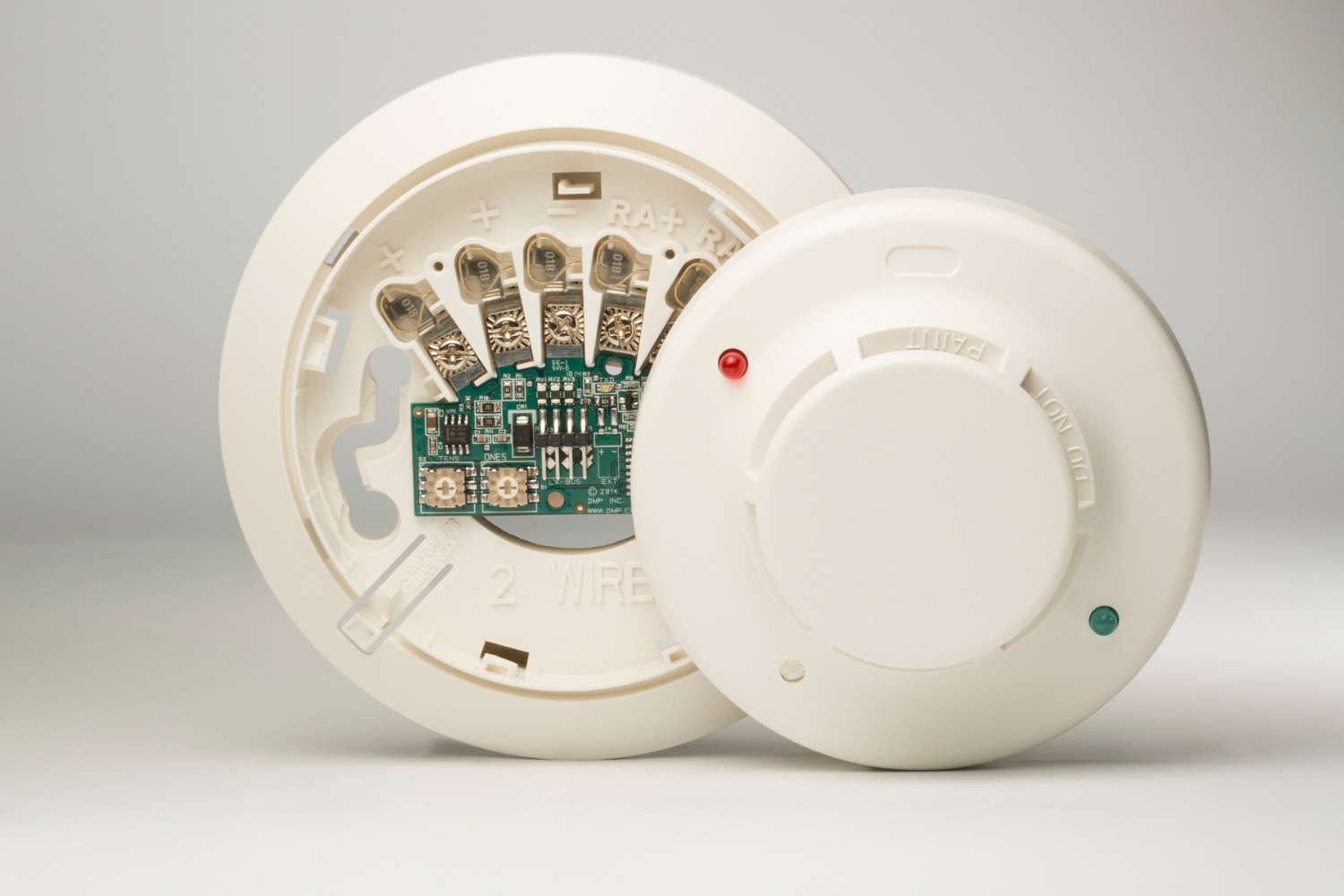

Articles
How To Determine If A Smoke Detector Detects Carbon Monoxide
Modified: October 20, 2024
Learn how to determine if a smoke detector also detects carbon monoxide with these informative articles. Keep your family safe and informed.
(Many of the links in this article redirect to a specific reviewed product. Your purchase of these products through affiliate links helps to generate commission for Storables.com, at no extra cost. Learn more)
Introduction
Smoke detectors and carbon monoxide detectors are essential devices for ensuring the safety of homes and businesses. While smoke detectors are designed to detect and alert occupants to the presence of smoke, carbon monoxide detectors are specifically designed to detect the presence of carbon monoxide gas, which is odorless and invisible.
However, there is often confusion surrounding whether a smoke detector is capable of detecting carbon monoxide as well. In this article, we will explore the differences between smoke detectors and carbon monoxide detectors and discuss methods to determine if a smoke detector can also detect carbon monoxide.
Understanding the distinction between smoke detectors and carbon monoxide detectors is crucial, as these two hazards require different detection mechanisms and can pose serious risks to life and property if not properly identified and addressed.
So, whether you are a homeowner looking to ensure the safety of your family or a property manager responsible for the well-being of tenants, it is important to know if your smoke detectors are capable of detecting carbon monoxide.
In the following sections, we will delve deeper into the technicalities of smoke detectors and carbon monoxide detectors, discuss the differences between the two, and explore various methods to determine if a smoke detector can detect carbon monoxide.
Key Takeaways:
- Understanding the differences between smoke detectors and carbon monoxide detectors is crucial for maintaining a safe environment and ensuring comprehensive safety for your home or workplace.
- Regular testing and maintenance of smoke detectors, along with the installation of dedicated carbon monoxide detectors, are essential steps to enhance the safety of your home or workplace and provide early warning in case of any hazardous situations.
Understanding Smoke Detectors
Smoke detectors are devices that are designed to detect the presence of smoke particles in the air. They play a crucial role in fire safety by providing early warning in the event of a fire. Traditional smoke detectors work based on either ionization or photoelectric technology.
Ionization smoke detectors contain a small amount of radioactive material that ionizes the air inside the detector. When smoke particles enter the chamber, it disrupts the ionization process, triggering the alarm. These types of detectors are more responsive to fast-flaming fires, such as those caused by paper or grease.
On the other hand, photoelectric smoke detectors use a light source and a light-sensitive sensor. When smoke particles enter the chamber, they scatter the light, causing it to hit the sensor and trigger the alarm. These detectors are better at detecting slow smoldering fires.
Modern smoke detectors often incorporate both ionization and photoelectric technologies to provide more comprehensive fire detection. This dual-sensor approach enhances the ability to detect different types of fires, providing a higher level of safety.
Smoke detectors can be standalone devices or integrated into a larger fire alarm system. They are typically installed in bedrooms, hallways, and common areas and should be tested regularly to ensure proper functioning.
It is important to note that smoke detectors are designed to detect smoke particles, not carbon monoxide gas. While some advanced smoke detectors may have the ability to detect both smoke and carbon monoxide, this is not a standard feature for all smoke detectors.
So, if you are relying solely on a traditional smoke detector, it is essential to understand that it may not alert you to the presence of carbon monoxide in your home or workplace.
Understanding Carbon Monoxide
Carbon monoxide (CO) is a colorless, odorless, and tasteless gas that is produced by the incomplete combustion of fuels such as gas, oil, coal, and wood. It is known as the “silent killer” because it is virtually undetectable without the use of specialized equipment.
Carbon monoxide is dangerous because it can quickly accumulate in enclosed spaces, such as homes, apartments, and offices. When inhaled, it binds to hemoglobin in the blood, reducing the amount of oxygen that can be transported to the body’s organs and tissues. High levels of carbon monoxide exposure can lead to symptoms such as headaches, dizziness, nausea, confusion, and even death.
It is crucial to have carbon monoxide detectors in your home, especially in areas where fuel-burning appliances are present, such as furnaces, water heaters, and stoves. These detectors are specifically designed to detect the presence of carbon monoxide gas and provide an early warning if levels become hazardous.
Carbon monoxide detectors use sensors that are sensitive to carbon monoxide gas. When the concentration of carbon monoxide reaches a certain threshold, the detector triggers an alarm to alert occupants of the potential danger.
It is important to note that carbon monoxide detectors are not designed to detect smoke particles. While they can provide some level of smoke detection, they may not be as effective as dedicated smoke detectors in detecting and alerting to the presence of smoke from a fire.
Therefore, having both smoke detectors and carbon monoxide detectors installed in your home or workplace is essential for comprehensive safety.
Remember that carbon monoxide poisoning is a serious threat, and it is crucial to have functioning carbon monoxide detectors in your living spaces to ensure early detection and prevent exposure to this deadly gas.
Differentiating Smoke Detectors from Carbon Monoxide Detectors
While smoke detectors and carbon monoxide detectors both serve critical roles in ensuring safety, they are designed to detect different hazards and use different technologies for detection.
Smoke detectors, as the name suggests, are designed to detect the presence of smoke particles in the air. They are primarily used to provide early warning in the event of a fire. Smoke detectors can use ionization or photoelectric technology, or a combination of both, to detect smoke particles.
On the other hand, carbon monoxide detectors are specifically designed to detect the presence of carbon monoxide gas. They use sensors that are sensitive to carbon monoxide levels and will trigger an alarm if concentrations reach dangerous levels. Carbon monoxide detectors are critical for detecting this odorless and invisible gas, which can lead to poisoning and even death if left undetected.
One important distinction between smoke detectors and carbon monoxide detectors is their detection capabilities. While some advanced models of smoke detectors may have the ability to also detect carbon monoxide, standard smoke detectors typically do not have this capability. Therefore, it is important to have dedicated carbon monoxide detectors in areas where fuel-burning appliances are present.
Another difference is the positioning of the detectors. Smoke detectors are typically installed on ceilings, as smoke rises and spreads upwards. Carbon monoxide detectors, however, should be placed at a lower level, as carbon monoxide is roughly the same density as air and can evenly distribute throughout a space.
It is important to note that there are combination smoke and carbon monoxide detectors available in the market. These devices provide the convenience of both smoke and carbon monoxide detection in a single unit. They offer the advantage of reducing the number of devices needed and simplifying maintenance.
When choosing between a standalone smoke detector and a combination smoke and carbon monoxide detector, consider the specific needs of your space, the presence of fuel-burning appliances, and the overall level of safety you want to maintain.
By understanding the differences between smoke detectors and carbon monoxide detectors, you can make informed decisions about the type and placement of detectors to ensure optimal safety for your home or workplace.
Check the label on the smoke detector to see if it also detects carbon monoxide. If it does, it will be labeled as a combination smoke and carbon monoxide detector. If not, you will need a separate carbon monoxide detector.
Methods to Determine if a Smoke Detector Detects Carbon Monoxide
While it is important to understand that standard smoke detectors may not detect carbon monoxide, there are a few methods you can use to determine if a smoke detector has the capability to also detect carbon monoxide:
- Check the label or manual: The easiest and most reliable method is to check the label or manual of your smoke detector. Look for any mention of carbon monoxide detection capabilities. Manufacturers often specify if the device is a combination smoke and carbon monoxide detector or if it has the ability to detect both hazards.
- Inspect the device: Examine the smoke detector itself for any indicators of carbon monoxide detection. Some detectors may have dual sensors or additional features specifically designed to detect carbon monoxide.
- Research the model: Conduct an online search for the specific model of your smoke detector. Look for product information, user manuals, and customer reviews that may provide insights into its carbon monoxide detection capabilities.
- Consult a professional: If you are unsure about the capabilities of your smoke detector, consult with a professional such as an electrician or a fire safety specialist. They can assess your current setup and provide guidance on the best measures to ensure the detection of carbon monoxide.
Remember that even if your smoke detector does not have carbon monoxide detection capabilities, it is still essential to have dedicated carbon monoxide detectors installed in areas where fuel-burning appliances are present.
Having a combined smoke and carbon monoxide detector or dedicated carbon monoxide detectors will provide you with comprehensive protection against both fire and carbon monoxide hazards, ensuring the safety of you and your loved ones.
Testing the Smoke Detector for Carbon Monoxide Detection
While smoke detectors are not specifically designed to detect carbon monoxide, it is still important to ensure that they are functioning properly. Regular testing of your smoke detector can help verify its overall functionality and give you peace of mind.
Here are some steps you can take to test your smoke detector for carbon monoxide detection:
- Read the user manual: Familiarize yourself with the instructions provided in the user manual of your smoke detector. The manual will often provide specific guidance on how to test the device and may include information on carbon monoxide detection if applicable.
- Test the alarm sound: Press the test button on your smoke detector to activate the alarm sound. Listen for a loud and distinct noise to ensure the sounder is functioning correctly. This test verifies the audible alert system but does not test for carbon monoxide detection.
- Use a smoke spray or incense: Purchase a smoke spray or use incense to generate a small amount of smoke. Hold it near the entrance of the smoke detector and observe if the device triggers an alarm. This test confirms the smoke detection capabilities of the smoke detector.
- Consider a carbon monoxide detector: While testing your smoke detector is essential, for carbon monoxide detection, it is recommended to have a dedicated carbon monoxide detector installed. These detectors are specifically designed to detect carbon monoxide gas and provide accurate and reliable notifications if dangerous levels are detected.
- Regular maintenance: In addition to testing, make sure to regularly replace the batteries in your smoke detector and clean any dust or debris that may accumulate on the unit. Follow the manufacturer’s guidelines for maintenance to ensure optimal performance.
It is important to note that testing your smoke detector for carbon monoxide detection does not guarantee its ability to detect carbon monoxide accurately. If you want peace of mind regarding carbon monoxide detection, it is recommended to invest in a dedicated carbon monoxide detector.
Regularly testing and maintaining your smoke detector and carbon monoxide detector(s) will help ensure the safety of your home or workplace and provide early warning in case of any hazardous situations.
Ensuring Proper Functioning of Smoke Detectors
Smoke detectors are crucial devices for fire safety, and it is important to ensure they are functioning properly at all times. Here are some steps you can take to ensure the proper functioning of your smoke detectors:
- Regularly test your smoke detectors: Testing your smoke detectors should be done regularly to ensure they are working correctly. Follow the manufacturer’s instructions and press the test button on each detector to activate the alarm sound. Make sure you can hear the loud and distinct noise, indicating that the sounder is functioning correctly.
- Replace batteries: Smoke detectors are typically battery-powered, so it is important to replace the batteries periodically. Check the user manual for the recommended battery replacement schedule. It is also a good idea to replace the batteries immediately if the low battery indicator starts beeping or flashing.
- Clean the detectors: Dust and debris can accumulate on the sensors of smoke detectors, potentially affecting their performance. Regularly clean the detectors using a vacuum cleaner or a soft brush to remove any dirt or d
Conclusion
Smoke detectors and carbon monoxide detectors are essential devices for ensuring the safety of homes and businesses. While smoke detectors are designed to detect the presence of smoke particles, carbon monoxide detectors specifically detect the invisible and odorless carbon monoxide gas. Understanding the differences between these two detectors is crucial for maintaining a safe environment.
While standard smoke detectors may not have carbon monoxide detection capabilities, there are methods to determine if a smoke detector can also detect carbon monoxide. Checking the label or manual of the detector, inspecting the device itself, researching the model, or consulting a professional can provide valuable information about the device’s capabilities.
To ensure the proper functioning of smoke detectors, regular testing is recommended. Testing the alarm sound and using smoke sprays or incense can verify the smoke detection capabilities of the device. However, it is important to note that dedicated carbon monoxide detectors are recommended for carbon monoxide detection, as they are specifically designed for this purpose.
In addition to testing, regular maintenance of smoke detectors is essential. This includes replacing batteries according to the manufacturer’s recommendations, cleaning the detectors to remove dust or debris, and following any other maintenance guidelines provided by the manufacturer.
By understanding the differences between smoke detectors and carbon monoxide detectors, testing them regularly, and ensuring proper maintenance, you can enhance the safety of your home or workplace. Whether it’s detecting smoke from a fire or carbon monoxide gas, these detectors play a crucial role in providing early warning and keeping you and your loved ones safe.
Remember, the safety of your home or workplace should always be a top priority, and investing in reliable smoke detectors and carbon monoxide detectors is a critical step towards ensuring the well-being of everyone in the premises.
Frequently Asked Questions about How To Determine If A Smoke Detector Detects Carbon Monoxide
What are the differences between a smoke detector and a carbon monoxide detector?A smoke detector is designed to detect the presence of smoke and fire, while a carbon monoxide detector is specifically designed to detect the presence of carbon monoxide gas. Both are crucial for home safety and should be installed in every home.How can I tell if my smoke detector also detects carbon monoxide?Look for a label on the smoke detector that indicates it also detects carbon monoxide. If there is no label, check the product manual or contact the manufacturer to confirm whether it is a combination smoke and carbon monoxide detector.Can I use a smoke detector to detect carbon monoxide?No, a smoke detector cannot detect carbon monoxide. Carbon monoxide is a colorless, odorless gas, so it requires a specific carbon monoxide detector to accurately detect its presence in the air.What should I do if I suspect there is carbon monoxide in my home?If you suspect there is carbon monoxide in your home, immediately evacuate the premises and call emergency services. Do not re-enter the home until it has been deemed safe by a professional.How often should I replace my smoke and carbon monoxide detectors?It is recommended to replace both smoke and carbon monoxide detectors every 7-10 years, or as indicated by the manufacturer. Regularly test the detectors and replace the batteries as needed to ensure they are functioning properly.
Was this page helpful?
At Storables.com, we guarantee accurate and reliable information. Our content, validated by Expert Board Contributors, is crafted following stringent Editorial Policies. We're committed to providing you with well-researched, expert-backed insights for all your informational needs.
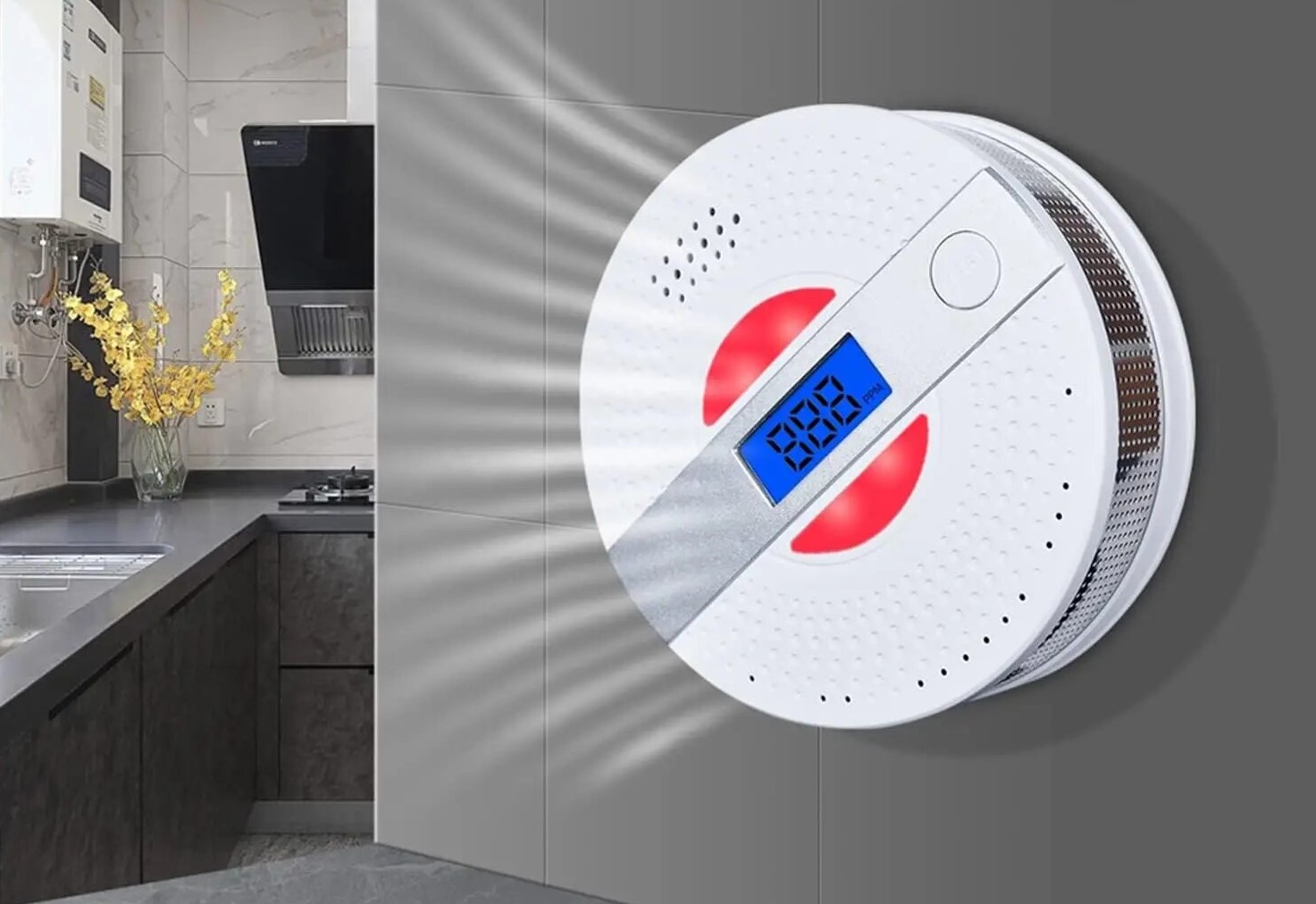
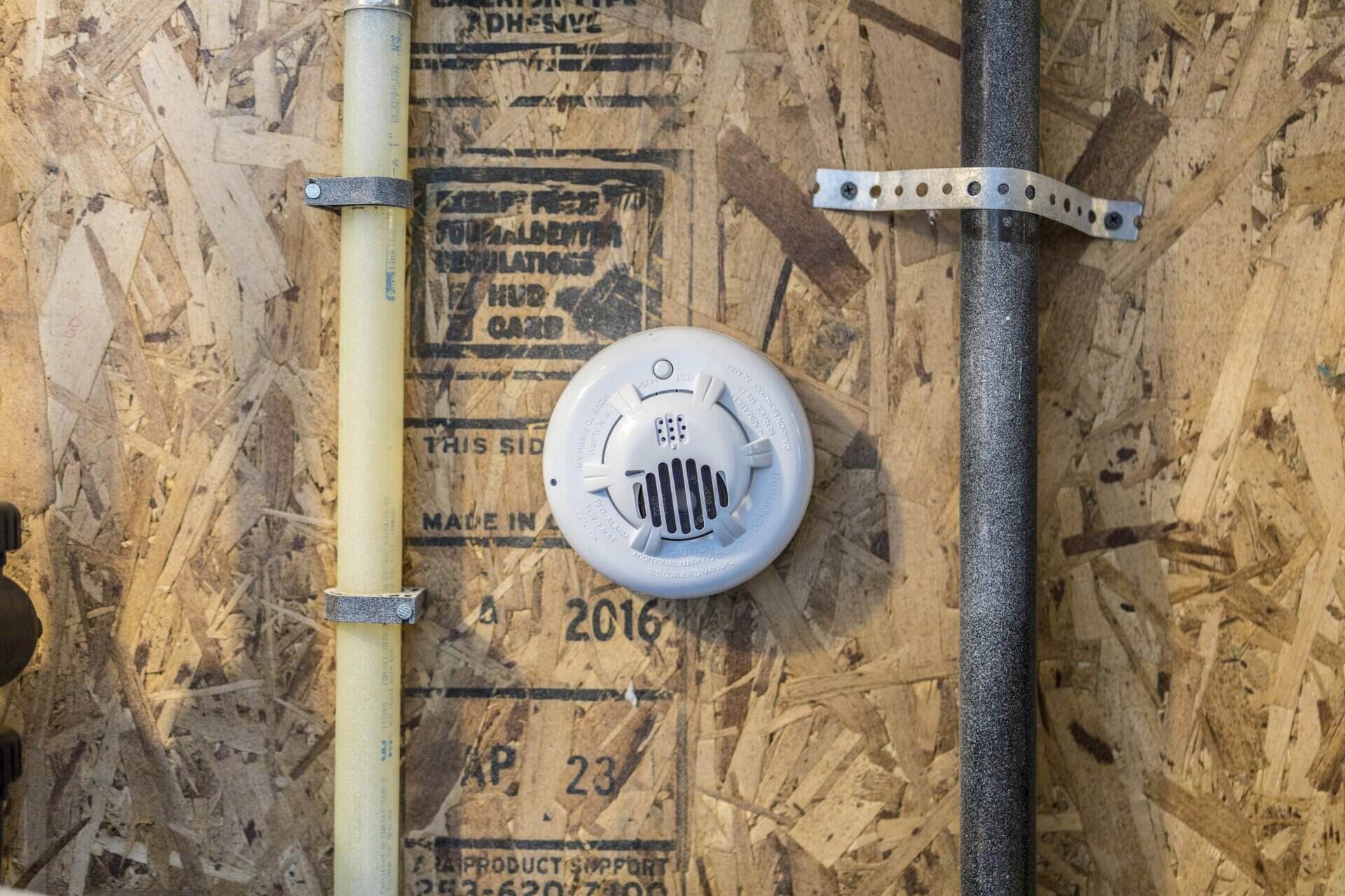
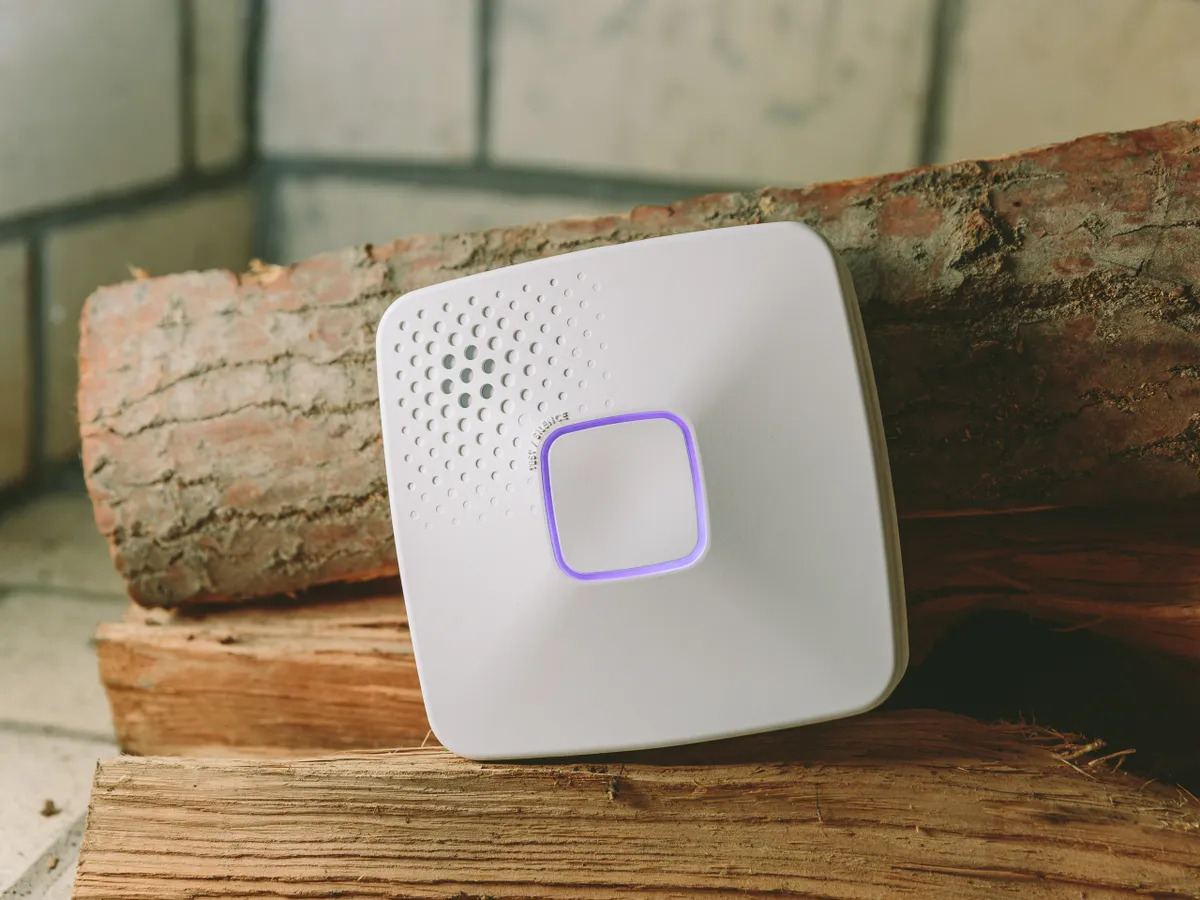
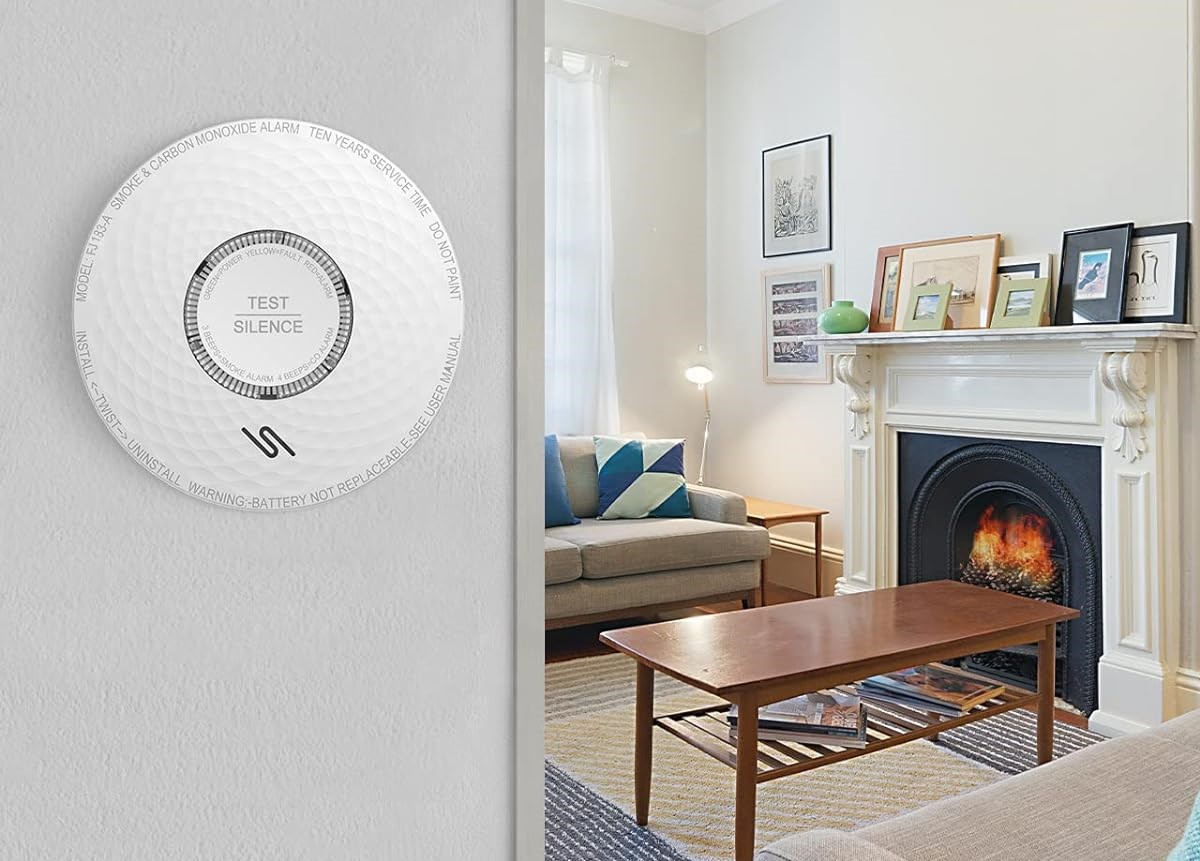
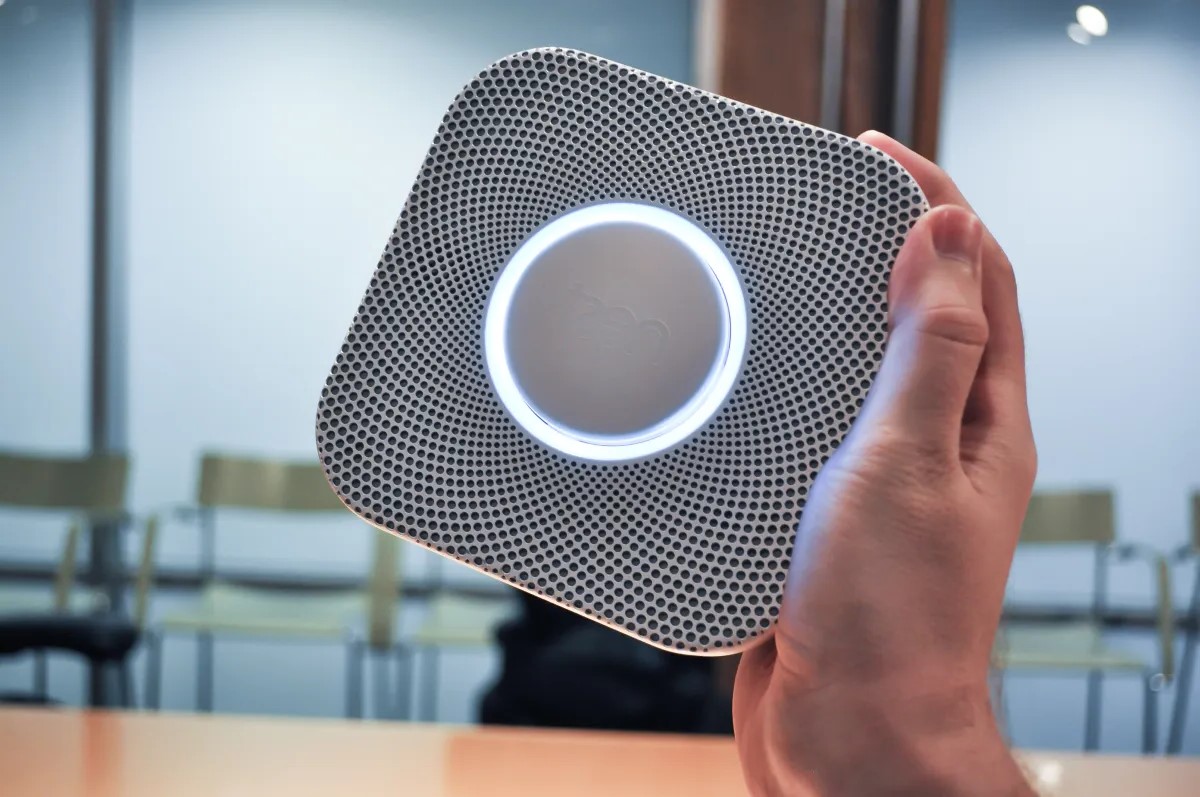
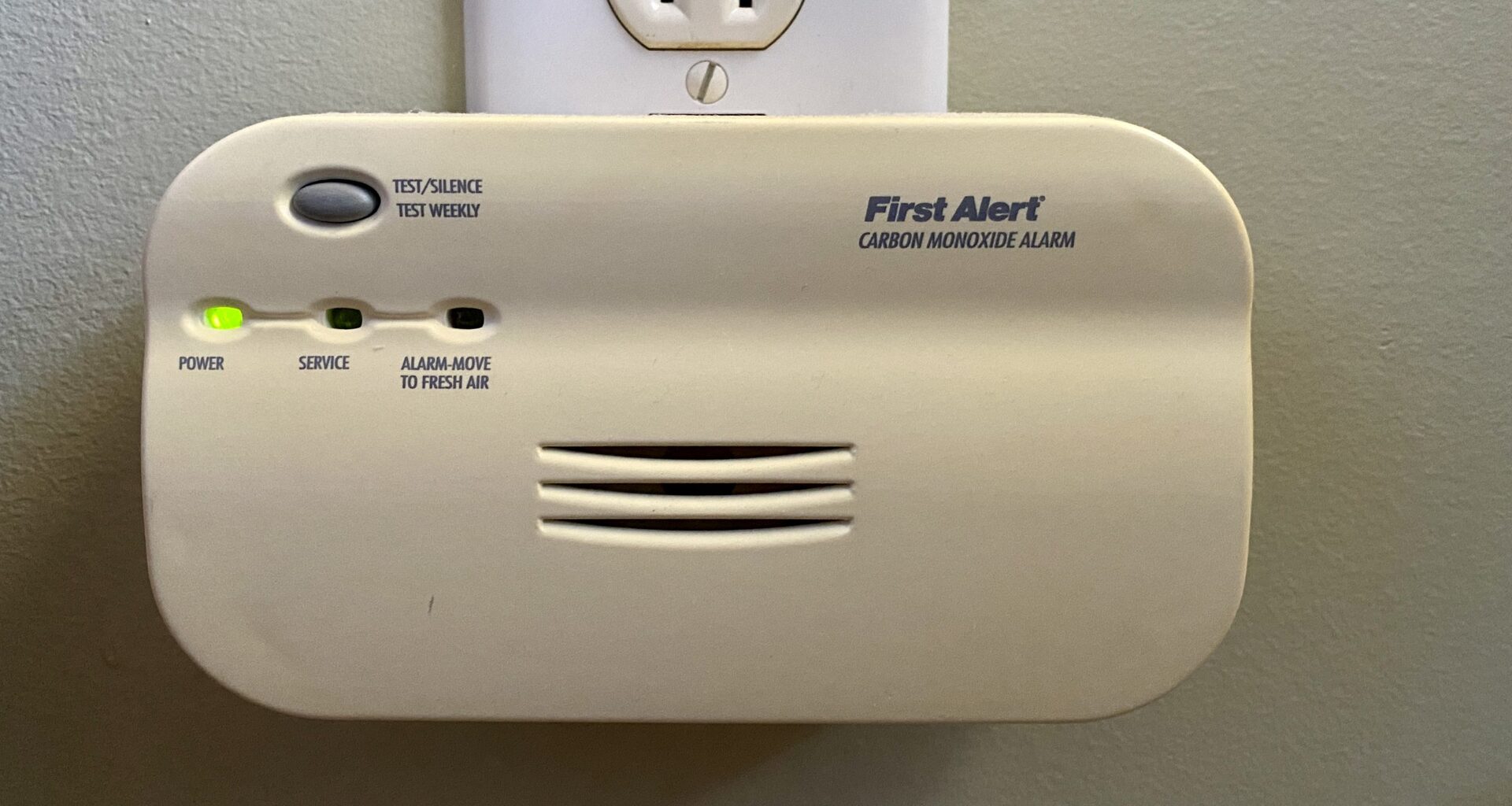
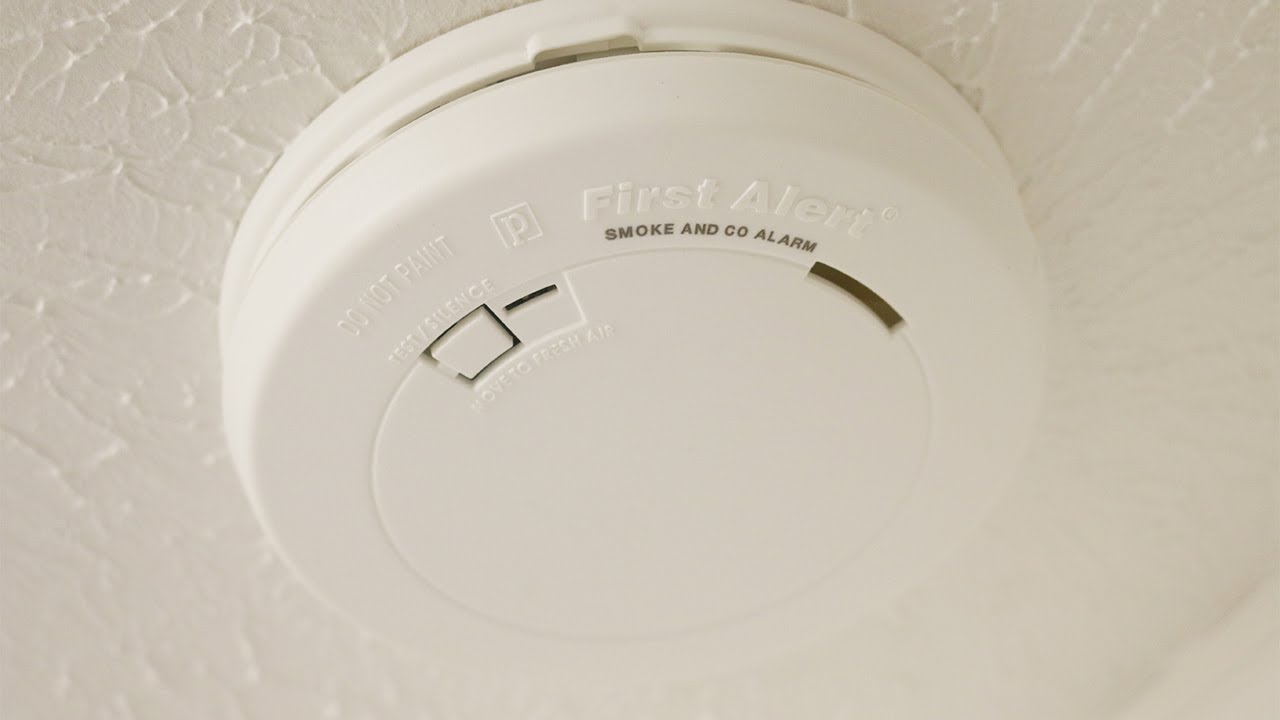
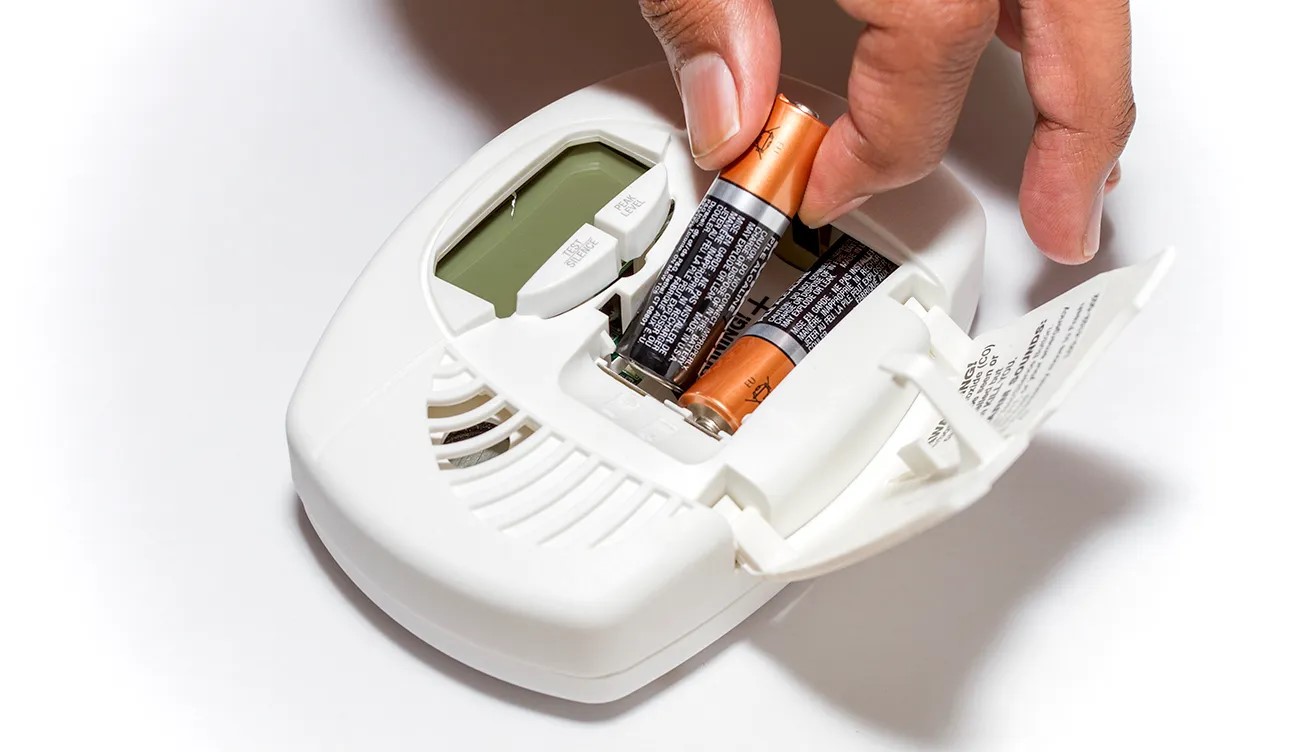
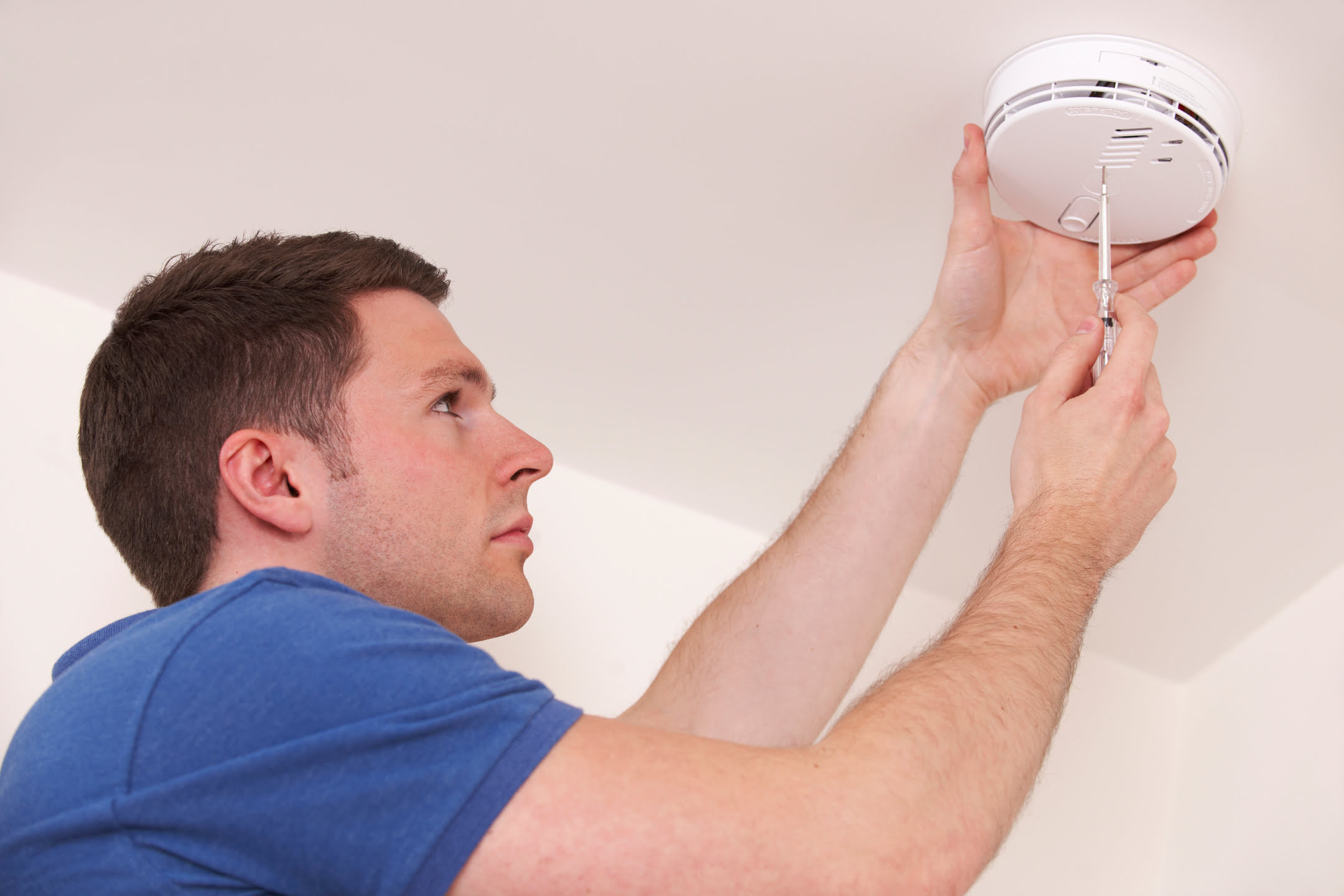
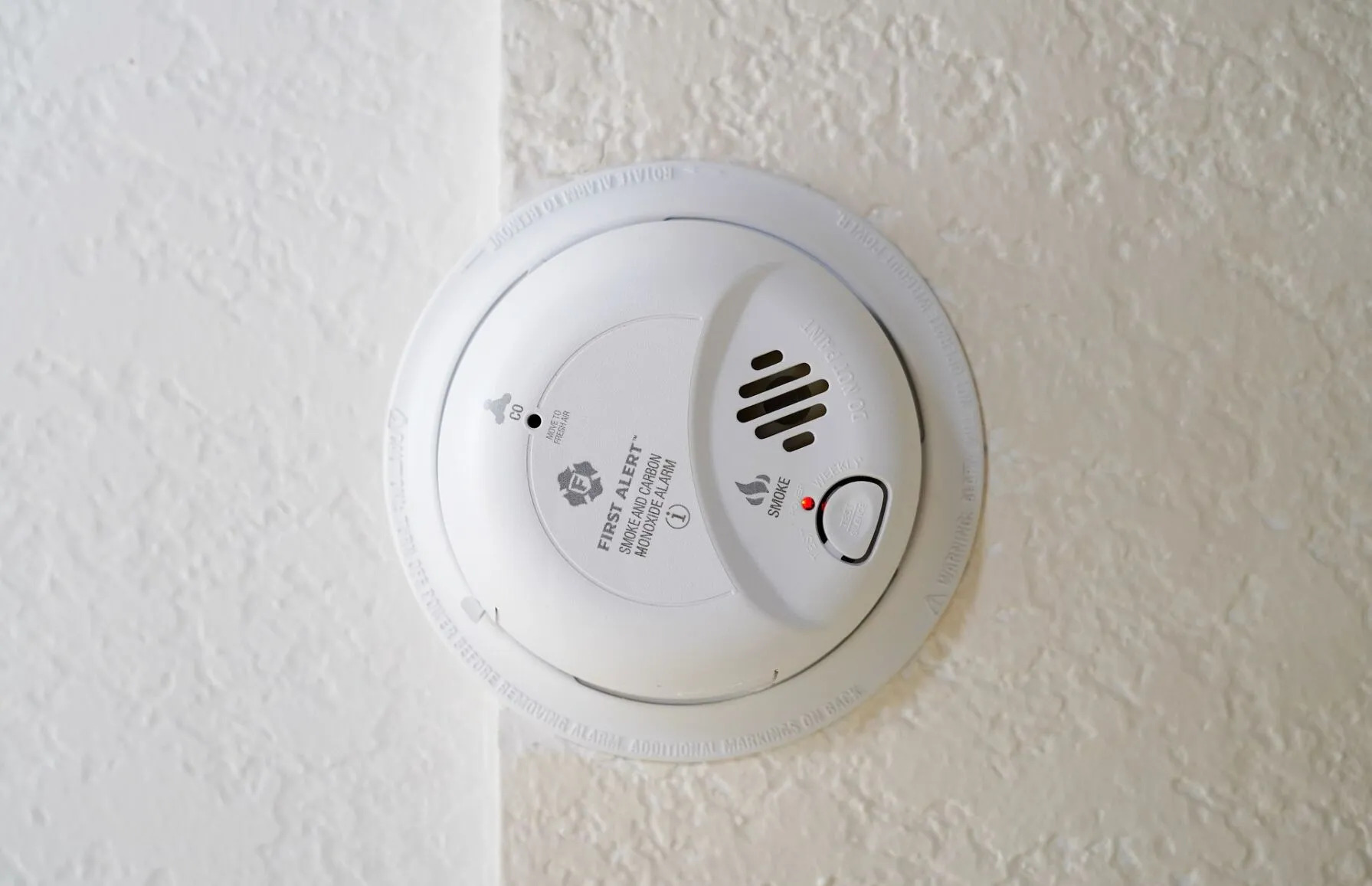
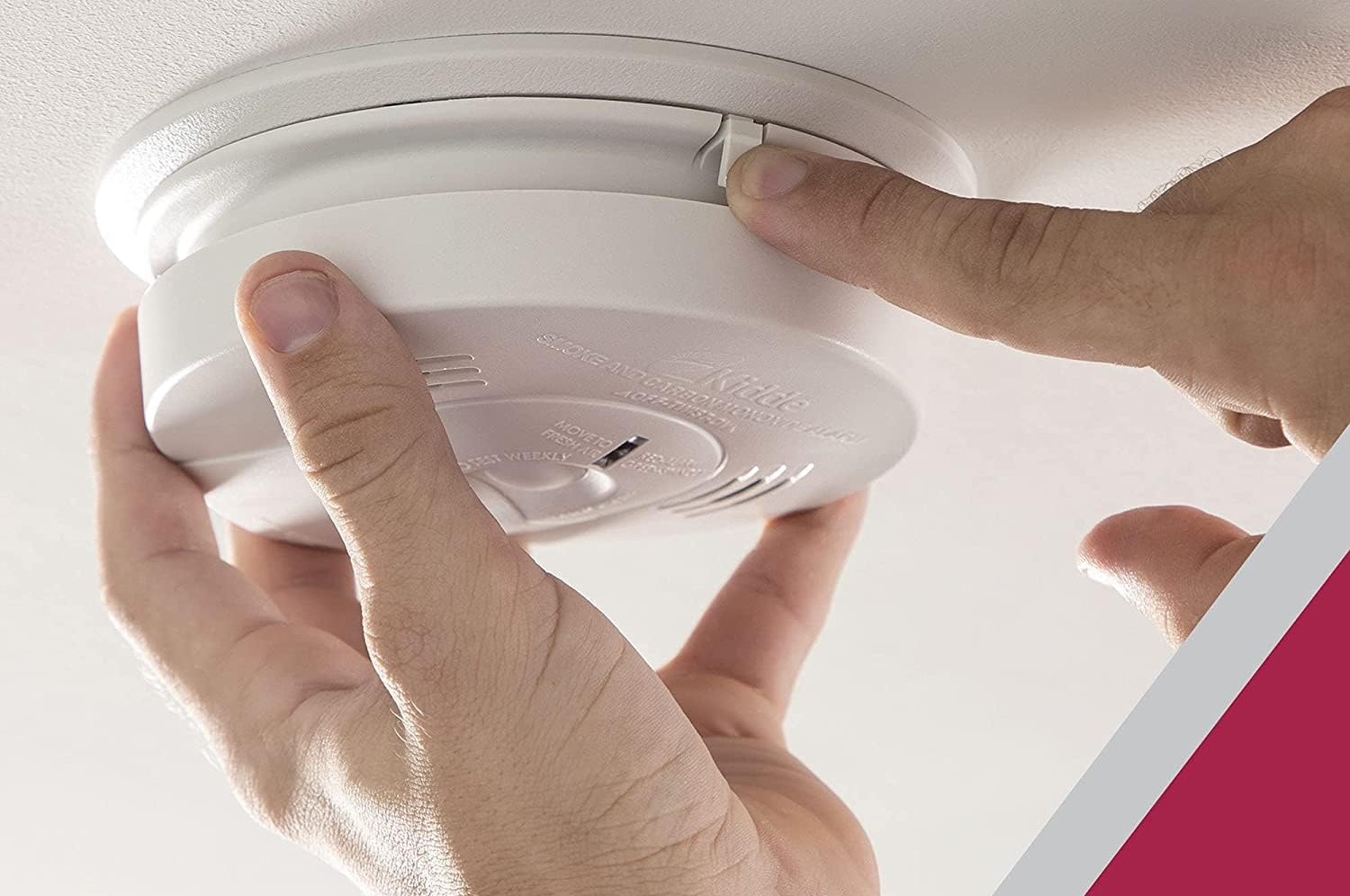
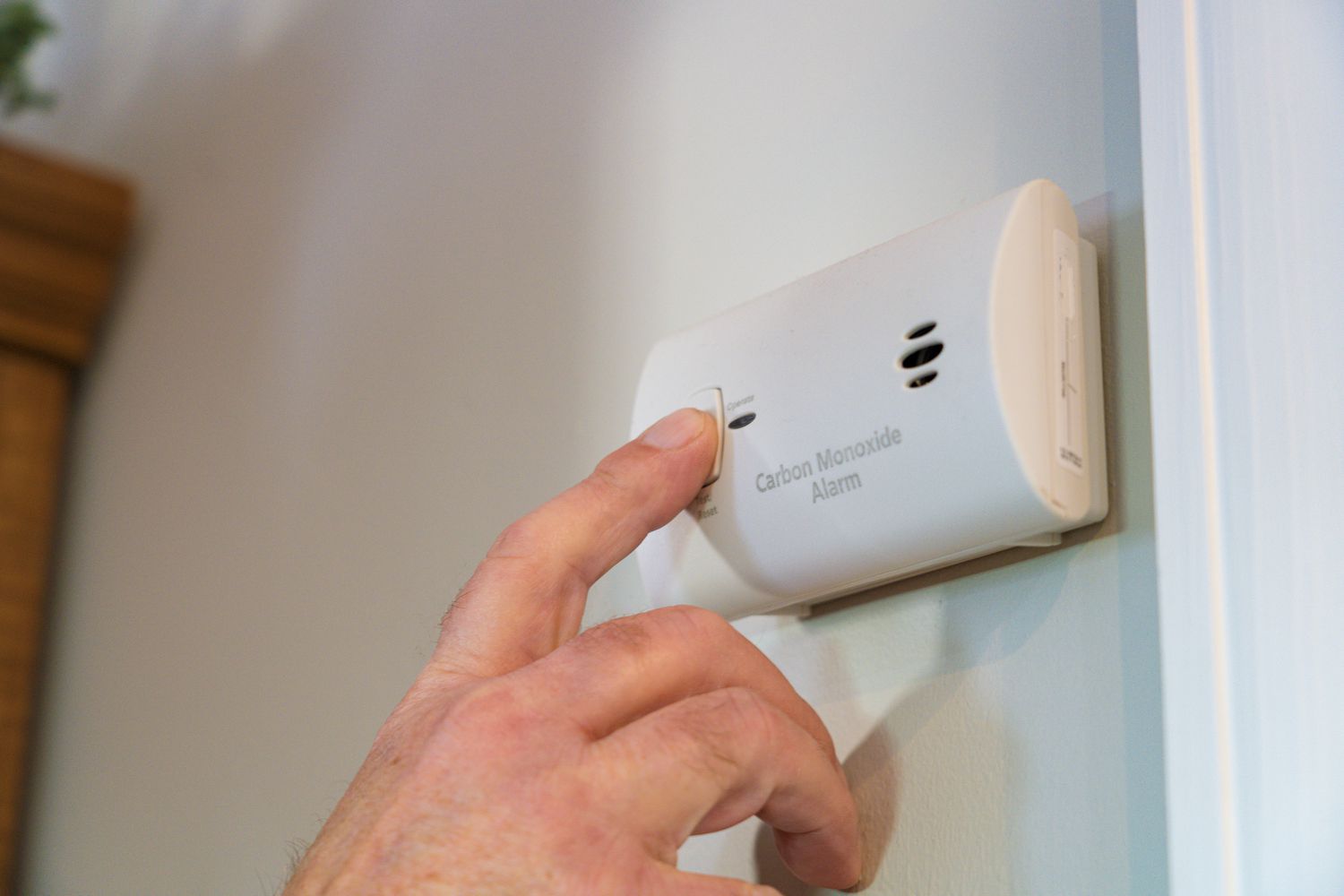
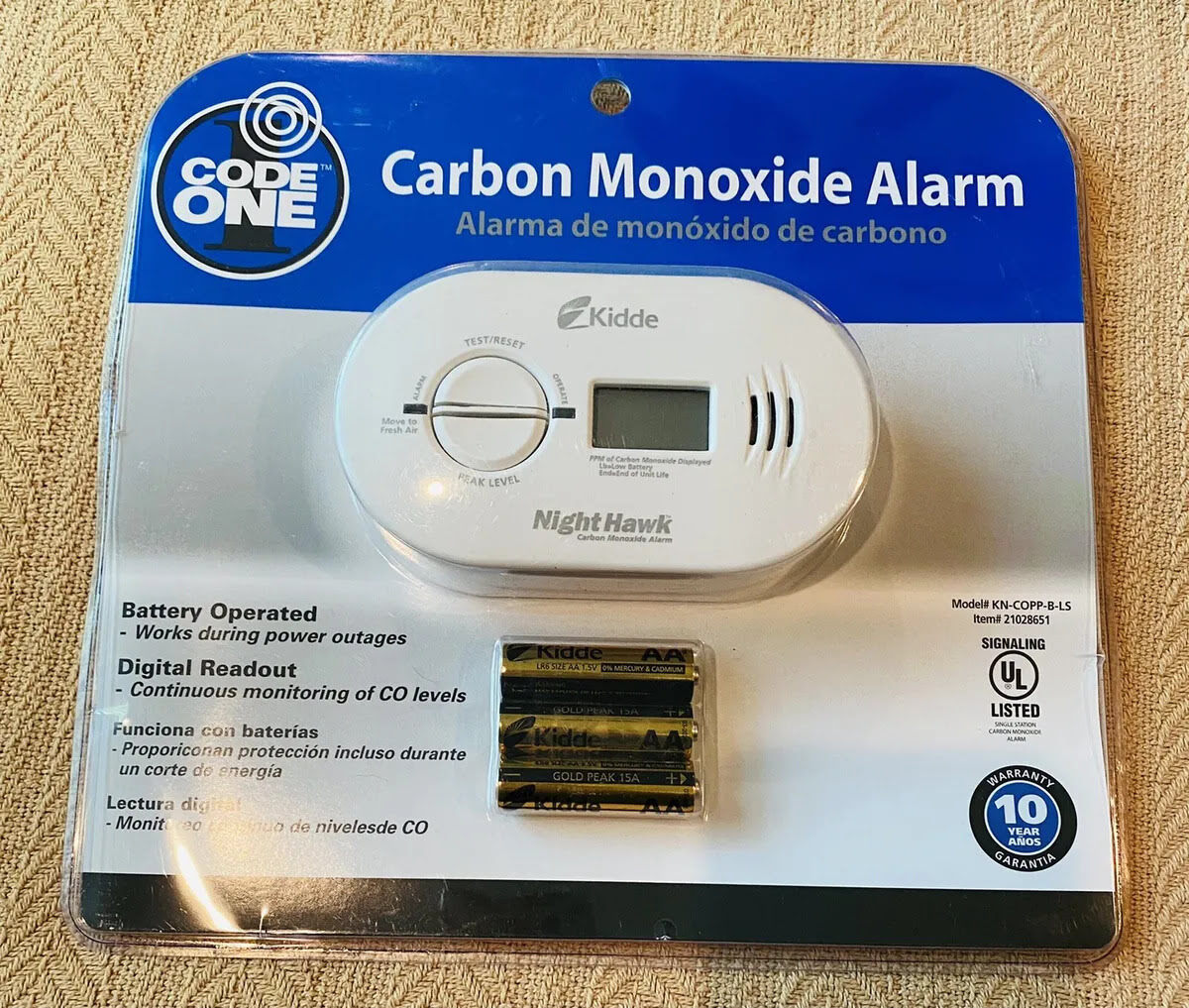
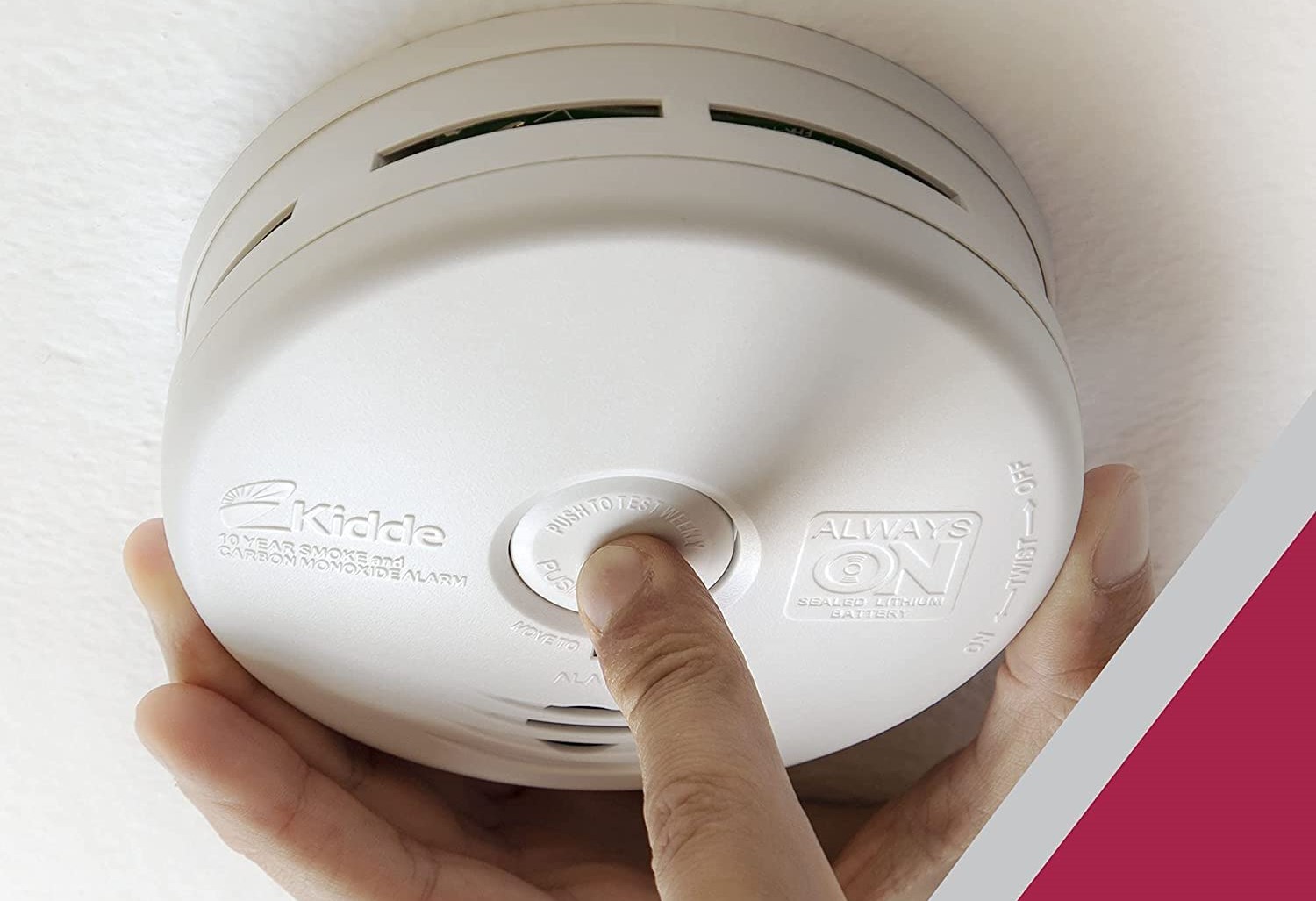

0 thoughts on “How To Determine If A Smoke Detector Detects Carbon Monoxide”